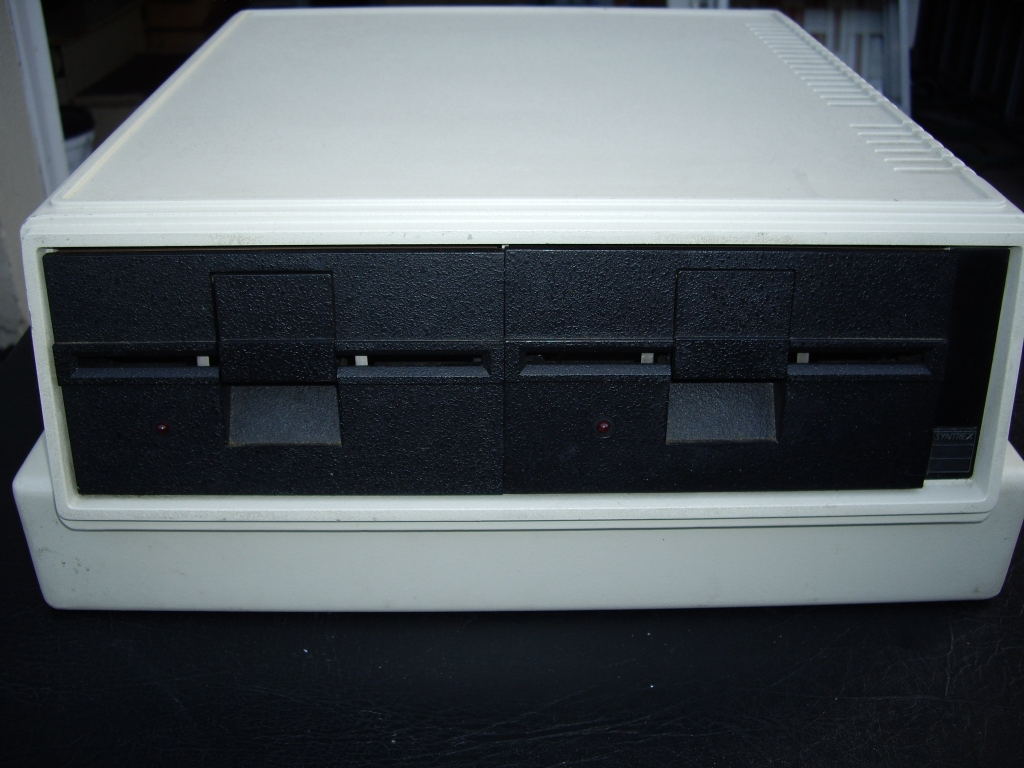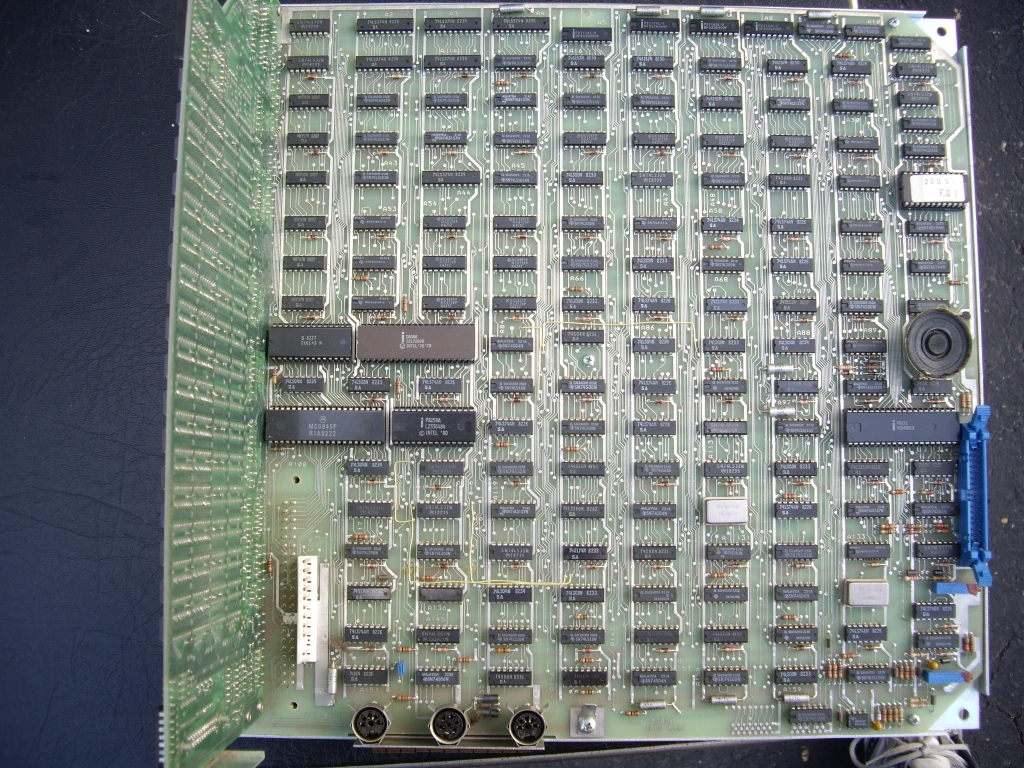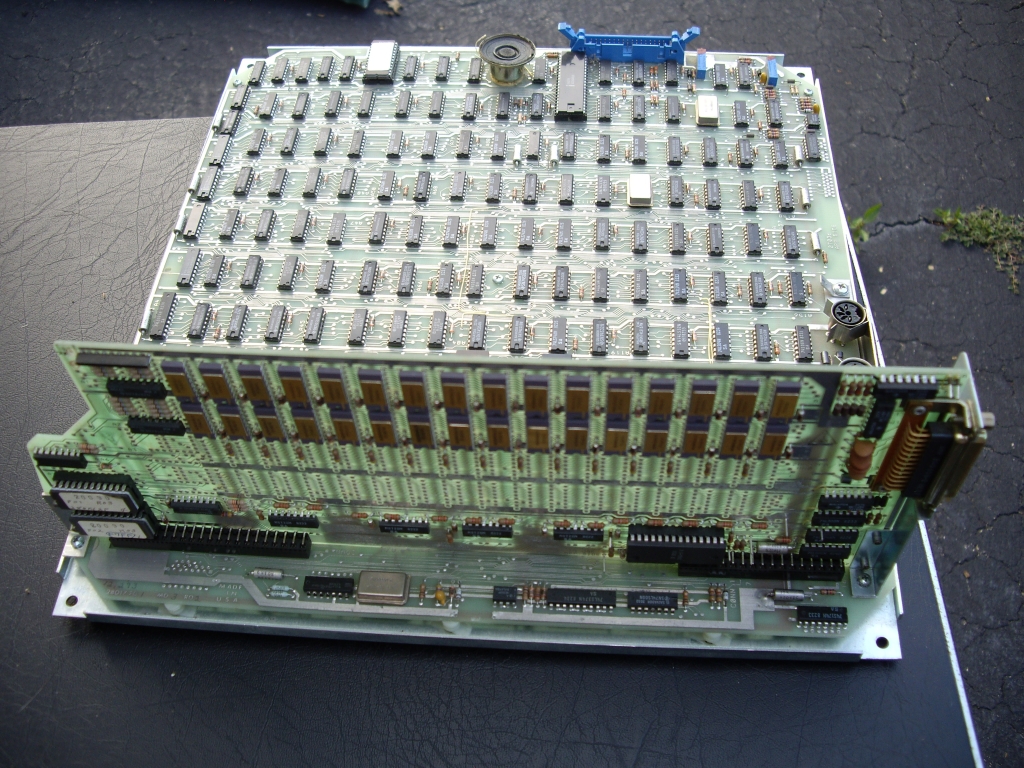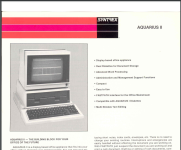Securix
Experienced Member
Hi all,
Back in October 2009 I visited Tony, the elderly fellow in NJ who had a whole house filled with vintage stuff. On a previous post, I mentioned he sold me a heap of old machines, one of which was this old Syntrex machine.
Finally got around to cleaning it up and opening it up to see what's inside.
There's not much I can find online about it other than they appear to have been based in NJ, so I'm guessing this probably came from Rutgers as did a lot of stuff Tony had. Syntrex seems to have been in the business of making dedicated word processors, some of which had networking capabilities. There's mention of a Gemini file server and Aquarius terminals, but I don't see any reference to this on the machine itself though it does have a "comm" port. My guess this might be an Aquarius terminal.
It most likely ran a dedicated OS on floppy disks as it has no hard drives in it.
References to Aquarius seem to be in the 1984 timeframe.
It has an 8086 cpu and a card that looks like it might have some static ram and may have been part of the networking interface.
It has round "DIN" style ports for monitor, keyboard and console.
I don't know much else about it, so if anyone has documentation or other historical info, I'd be grateful.
Thanks!



Back in October 2009 I visited Tony, the elderly fellow in NJ who had a whole house filled with vintage stuff. On a previous post, I mentioned he sold me a heap of old machines, one of which was this old Syntrex machine.
Finally got around to cleaning it up and opening it up to see what's inside.
There's not much I can find online about it other than they appear to have been based in NJ, so I'm guessing this probably came from Rutgers as did a lot of stuff Tony had. Syntrex seems to have been in the business of making dedicated word processors, some of which had networking capabilities. There's mention of a Gemini file server and Aquarius terminals, but I don't see any reference to this on the machine itself though it does have a "comm" port. My guess this might be an Aquarius terminal.
It most likely ran a dedicated OS on floppy disks as it has no hard drives in it.
References to Aquarius seem to be in the 1984 timeframe.
It has an 8086 cpu and a card that looks like it might have some static ram and may have been part of the networking interface.
It has round "DIN" style ports for monitor, keyboard and console.
I don't know much else about it, so if anyone has documentation or other historical info, I'd be grateful.
Thanks!





